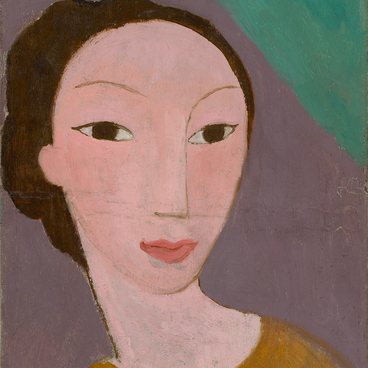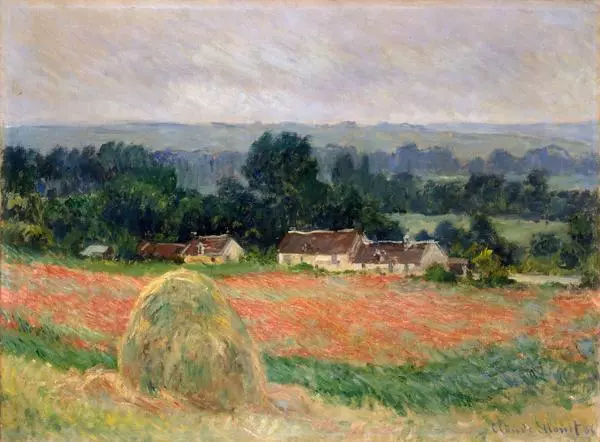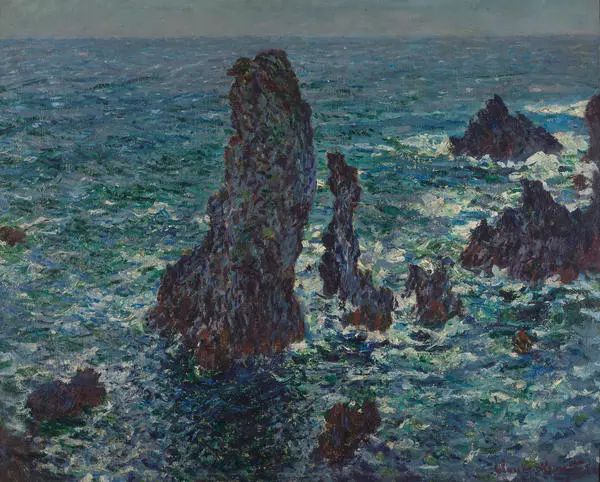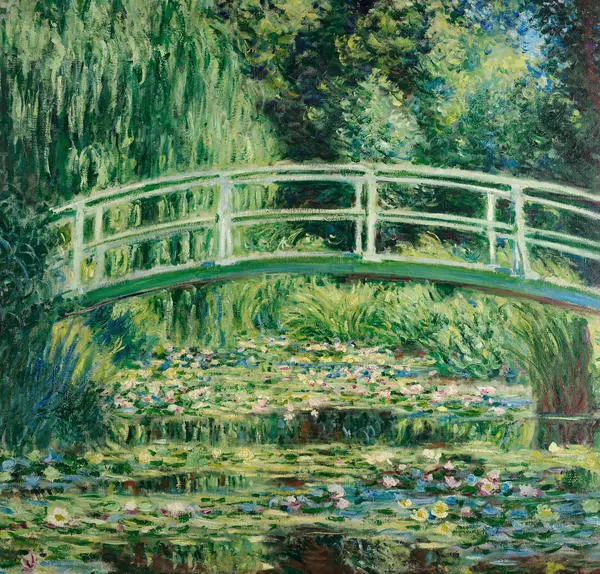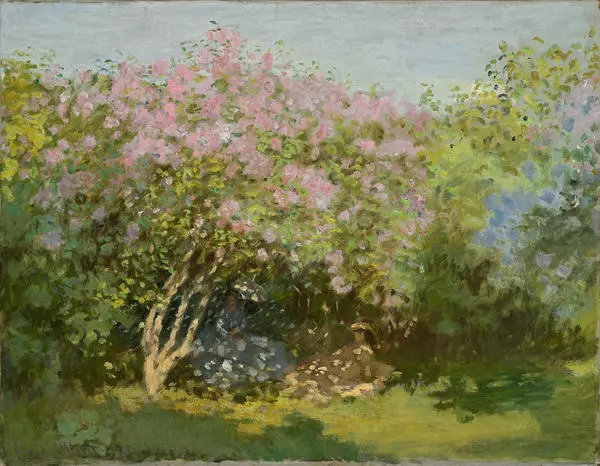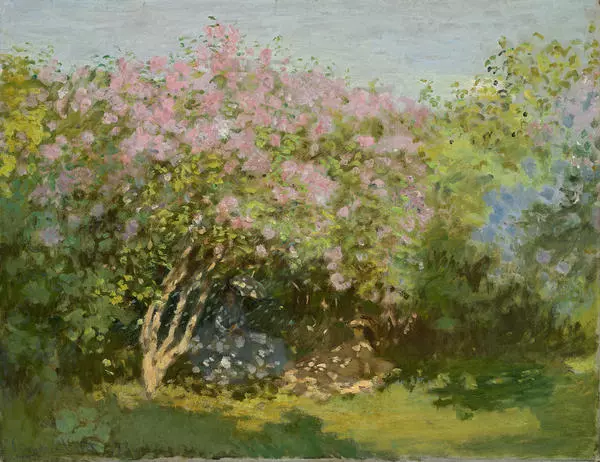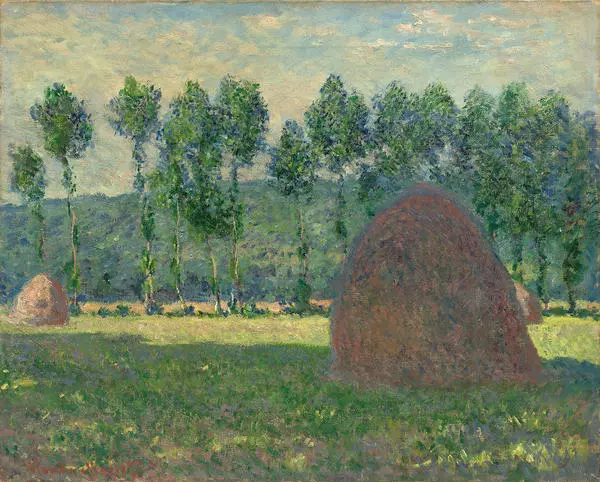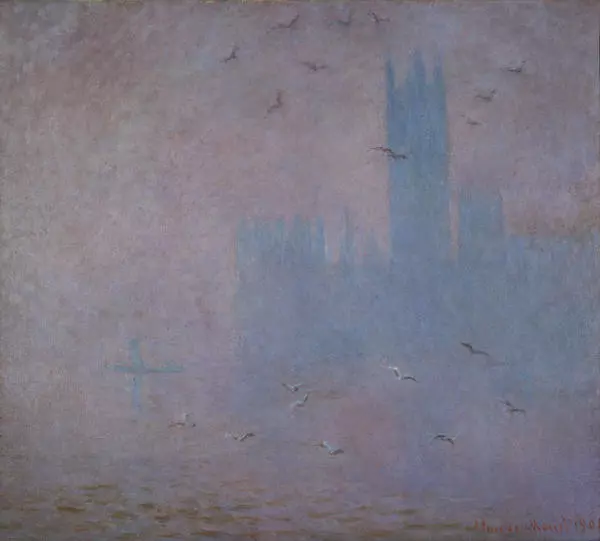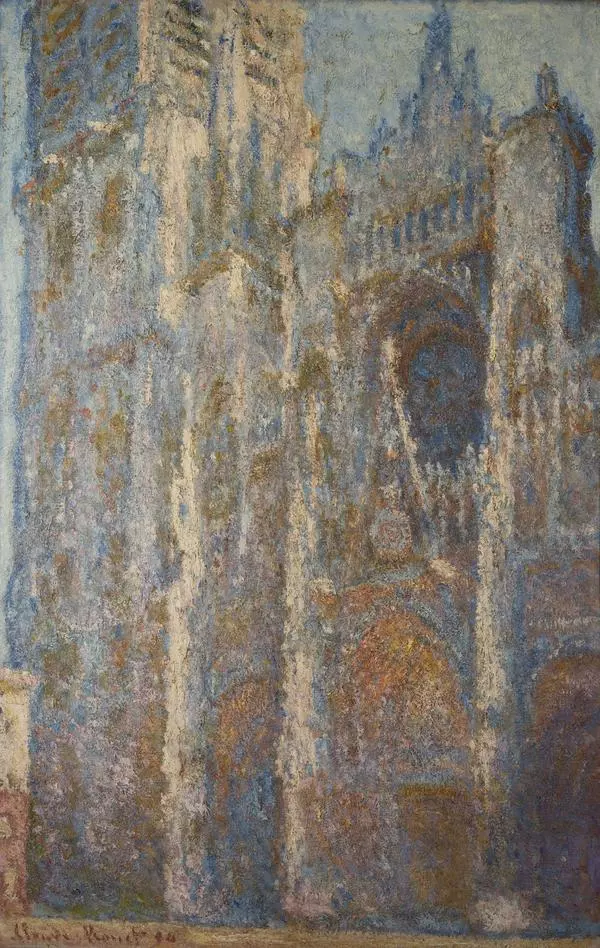The little town of Vetheuil, located on the Seine not far from Paris, was Claude Monet’s source of inspiration at various times. He painted the views of Vetheuil in different seasons in the golden age of impressionism: the late 1870s and early 1880s. The master lived there with his family for a long time. Camille Doncieux, the artist’s wife who died in 1879, was buried in the municipal cemetery near the church seen in this painting. Monet addressed the motif of Vetheuil again in 1901. He completed a series of paintings with a view of the town from the opposite bank of the Seine, where the village of Lavacourt is located. During this period, the master’s works became more and more decorative, which can be seen not only in the richness of his palette, but also in the technical virtuosity, including the texture and the varied rhythm of brush strokes. Monet combined the captivating beauty of an impressionistic landscape, which conveys the finest nuances of light, with a meditativeness of motif perception that is more typical of Art Nouveau.
Vetheuil
Creation period
1901
Dimensions
90x92 cm
90х92
90х92
Technique
oil on canvas
Collection
Exhibition
18
Open in app#1

Claude Monet
Vetheuil
#2
read morehide
00:00
00:00
1x
Vetheuil
Creation period
1901
Dimensions
90x92 cm
90х92
90х92
Technique
oil on canvas
Collection
Exhibition
18
Open in app
Share

